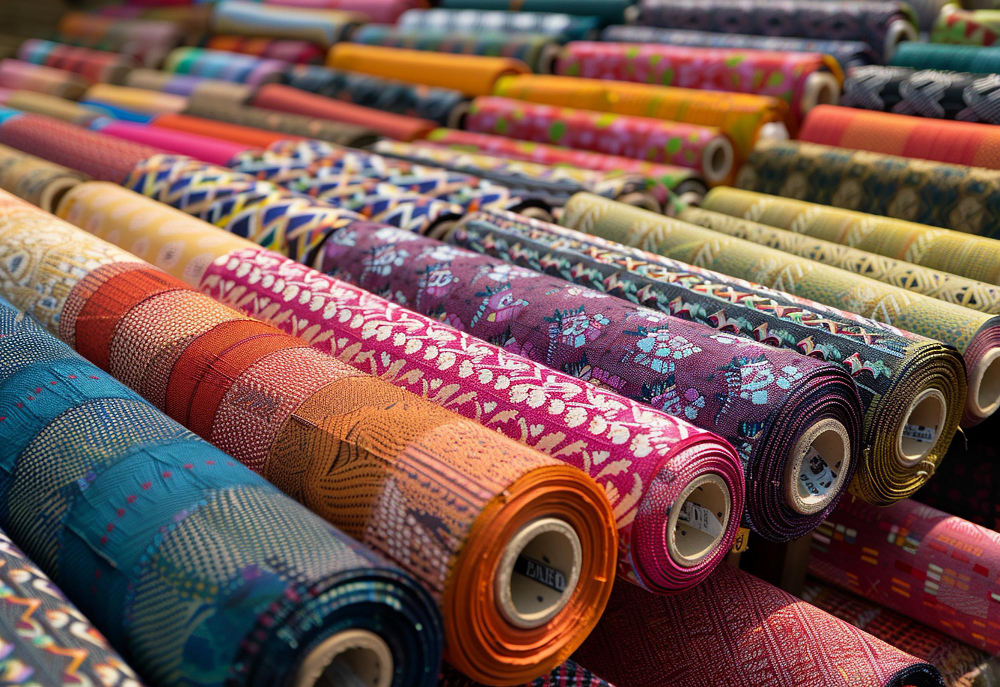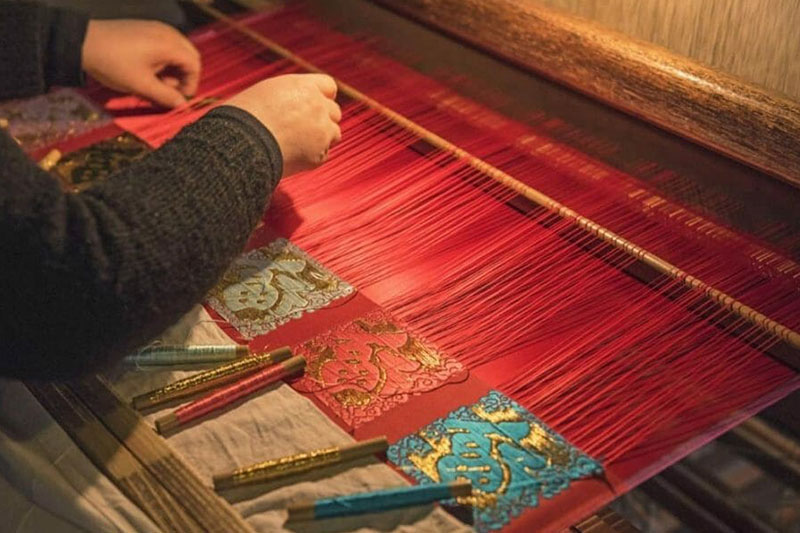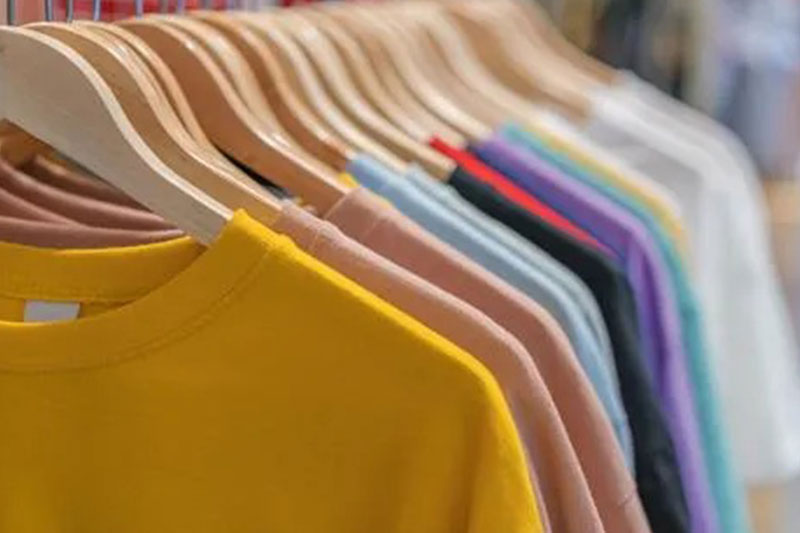9 Sustainable Fashion Trends To Look Out For in 2024

The fashion industry is witnessing an upward trend in sustainable fashion. From groundbreaking advancements in eco-friendly fabrics to technological advancements in machinery equipment, the apparel industry has undergone transformative shifts. This change is propelled by the emerging demand of consumers for environmentally friendly clothing. The year 2024 is driving an urgent need for sustainable fashion trends. Without further waffle, read the latest fashion trends poised to bring a change and embrace a-conscious environment.
1. Circular Economy & Upcycling
Recognizing the need of the hour, the fashion industry is spotlighting the advanced principles of the circular economy and upcycling. It is considered one of the defining strategies for waste reduction and sustainability. This strategy is aimed at keeping products in circulation for a longer duration, measuring the ecological footprint of garment production and disposal. The surge in sustainable fashion has fueled the demand for upcycling initiatives.
2. Slow Fashion
Slow fashion is making a comeback with consumers prioritising ethical production and environmental responsibility. The sustainability-driven concept of slow fashion clothing is bolstered by the need to support a sustainable approach to clothing. As people are making reasonable choices, the slow fashion landscape is getting noticed. Put otherwise, slow fashion involving careful buying decisions encourages longevity, thereby reducing frequent purchases.
3. Rise in Vegan Fashion
The fashion industry is always buzzing with the latest trends and advancements. Recently, the notion of veganism has influenced buying decisions and permeated mainstream consciousness. The use of traditional material sourcing like wool has become a point of concern for consumers. Hence, cruelty-free alternatives such as vegan fashion are soaring in demand. Still, it remains paramount to balance ethical sourcing practices, environmentally friendly production methods, and animal welfare considerations.
4. Digitization and Virtual Fittings
With digitization at its peak, the landscape of clothing shopping is experiencing a revolution. The boom of virtual fitting rooms and 3D body scanning technologies is pushing forward the notion of sustainable fashion practices. The fusion of tech and fashion is redefining consumers’ shopping practices. Simultaneously, digital integration is playing a key role in minimising the carbon footprint intertwined with multiple shipping and return cycles. This helps them streamline inventory management and curb waste.

5. Emergence of E-Textiles
The introduction of e-textiles is making way for innovations. It is transforming the way consumers interact with the garment industry. The shift from traditional hard materials such as metal and plastics to trending textiles permeated with conductive fibres and yarns. This has led to increased flexibility and comfort while promoting wellness initiatives. With technological advancements being the frontrunner, the clothing industry is witnessing an era of smart clothing, thereby prioritising environmental concerns.
6. Rise in Sustainable materials
The fashion industry includes sustainable fashion at its core. Sustainable fashion is linked with an eco-friendly environment and reduced carbon footprint. The adoption of sustainable materials is the driving force behind innovation and exploration. Today, people are making a conscious effort to turn to unconventional sources to promote sustainable fashion. Alternatives such as food waste with material produced from fruits and vegetables are gaining prominence. Other than this, biodegradable and renewable options are ruling consumer demand in comparison to traditional fabrics.
7. On-Demand Fashion
The rampant issue of overproduction of garments is giving a new lease to on-demand manufacturing. On-demand fashion embraces sustainability and mitigates waste. This has overruled the traditional garment rules and set a new trend among fashion mongers. As a matter of course, the recent fashion model will be based on retailers’ predictions of consumer preferences. These pioneering transformations in the fashion realm are moving a needle and offering consumers an edge over manufacturing processes.
8. Eco-Friendly Dyes
The recent environmental changes are affecting the ever-evolving fashion industry. Several advancements are gaining popularity among fashion fanatics. In a recent development, eco-friendly dyes are seen overpowering traditional dyeing processes. The year 2024 heralds a rising demand for eco-friendly alternatives. Previously, dyeing has been considered a major contributor to pollution. However, a wave of innovative solutions has sparked revolutionary changes in the landscape of textile dyeing.
9. Textile Recycling
Textile recycling is one of the emerging fashion trends of recent times. Considered a crucial and viable solution for reducing waste production, textile recycling is making a wave for its significance. From saving natural resources to reducing greenhouse gas emissions, textile recycling is a standout solution. Alongside, it is a feasible alternative to support social responsibility and the circular economy in fashion.

Conclusion
Wrapping it up, the future of sustainable fashion is expected to witness a boom. With consumers becoming responsive to environmental concerns, sustainable fashion is on the rise. From ethical sourcing to innovative solutions, sustainable fashion choices are leading the charge. Hence, brands receptive to unfolding trends and breakthroughs are set to shape a more sustainable and eco-conscious fashion industry.
More News
How to Identify Authentic Indian Handloom Products?
Indian handloom products are a timeless testament to the country’s rich cultural heritage and craftsmanship. From luxurious Banarasi silks to timeless Khadi…View More
How to Start a Garment Manufacturing Business in India?
India’s textile and garment industry has always been a major contributor to the country’s economy, offering vast opportunities for entrepreneurs. With the…View More
How to Reduce Textile Waste in Garment Production?
Textile waste has become a growing concern in the garment industry, with significant environmental and economic impacts. As businesses and consumers become…View More
The Digital Transformation of Textile Production
The shift from traditional textile printing to digital fabric printing has unlocked a world of new possibilities for producers and designers alike.…View More
Recap of India’s Garment Industry in 2024: A Year of Growth and Transformation
As 2025 begins, India’s garment industry has experienced significant growth, overcoming challenges and embracing new opportunities in 2024. From technological advancements to…View More
Download
Register Now
Recent Posts
Show Countdown
DELHI
Bharat Mandapam (Pragati Maidan), New Delhi, India
- days
- Hours
- Minutes
- Seconds
MUMBAI
Jio World Convention Centre, Bandra Kurla Complex, Mumbai






